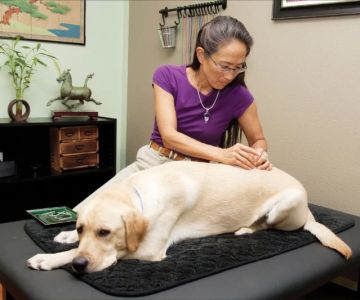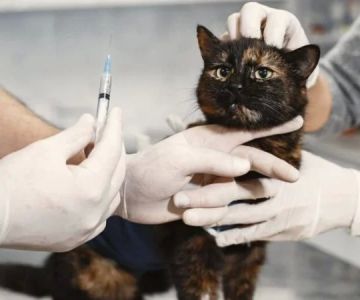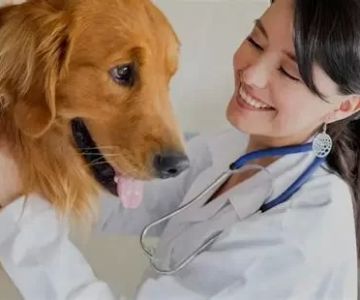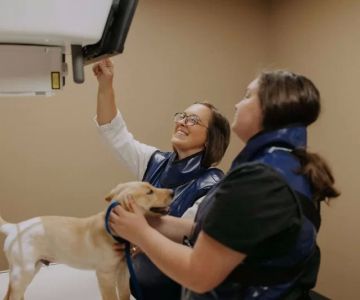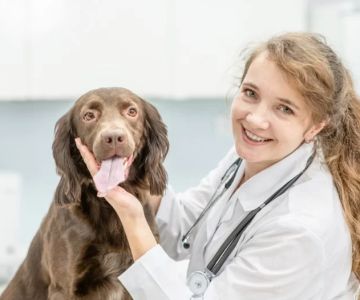A Day in the Life of a Veterinarian: What Does a Veterinarian Do on a Daily Basis?
- 1. The Morning Routine: Preparing for a Busy Day
- 2. Conducting Patient Examinations: Diagnosing and Treating Animals
- 3. Procedures and Surgeries: A Critical Part of a Veterinarian's Work
- 4. Communicating with Clients: Educating Pet Owners
- 5. Administrative and Record-Keeping Tasks
- 6. Real-Life Example: A Day in the Life of a Veterinarian
- 7. How to Become a Veterinarian: Career Path and Requirements
1. The Morning Routine: Preparing for a Busy Day
Every veterinarian’s day starts early, and it’s crucial to be well-prepared for the long hours ahead. When I began my journey as a veterinarian, I quickly learned the importance of having a structured morning routine. Most veterinary clinics open early to accommodate pet owners who need urgent care for their animals.
Typically, the first part of the day is dedicated to reviewing the schedule and any urgent cases that have come in overnight. I check my patients' records, see what appointments are on the books, and prepare the treatment areas. It’s a busy start, but it ensures that everything runs smoothly throughout the day.
2. Conducting Patient Examinations: Diagnosing and Treating Animals
One of the most important aspects of being a veterinarian is conducting physical exams and diagnosing illnesses in animals. Each patient’s exam typically starts with a general health check, including measuring vitals like temperature, heart rate, and weight. Based on the symptoms, I then perform specific tests, such as blood work, x-rays, or ultrasounds, to determine the underlying cause of the animal's condition.
As an example, I once had a dog come in with lethargy and a loss of appetite. After performing a thorough exam and running some tests, we discovered that the dog had an infection that required immediate treatment. Diagnosing this condition early was essential to preventing further complications.
3. Procedures and Surgeries: A Critical Part of a Veterinarian's Work
Veterinarians are often called upon to perform surgeries, ranging from routine spaying and neutering to more complex procedures like removing tumors or repairing fractures. Surgery is a crucial part of a veterinarian’s day-to-day work, and it requires a steady hand and a deep knowledge of animal anatomy and anesthesia.
I vividly remember my first surgery where I had to remove a tumor from a cat’s abdomen. The surgery was delicate, but with careful planning and precision, the operation was a success. The cat recovered well and was soon back to its playful self.
4. Communicating with Clients: Educating Pet Owners
Another significant aspect of a veterinarian’s daily routine is interacting with clients. Whether it’s explaining a diagnosis, discussing treatment options, or advising on preventative care, communication is key. One of the most rewarding parts of being a veterinarian is educating pet owners on how to better care for their pets.
I’ve had countless conversations with pet owners about topics like vaccination schedules, nutrition, and dental health. In one instance, I helped a client understand the importance of regular check-ups for their senior dog, which led to early detection of an arthritis condition that was successfully managed with medication.
5. Administrative and Record-Keeping Tasks
Beyond patient care, veterinarians also have administrative responsibilities. Maintaining detailed medical records, updating patient files, and ensuring that all procedures are properly documented are essential for providing high-quality care. These tasks also help ensure that the clinic complies with industry regulations and standards.
In my role, I dedicate a portion of my day to reviewing patient records, ensuring everything is up-to-date, and communicating with other team members about ongoing treatments. This behind-the-scenes work is vital to providing consistent care for animals and staying organized in a fast-paced environment.
6. Real-Life Example: A Day in the Life of a Veterinarian
To give you a more tangible sense of what a veterinarian does, here’s a typical day for me:
My day starts with a review of the appointments for the day, followed by morning rounds where I check on hospitalized animals. I perform a series of check-ups and diagnostics for pets, including a cat with a respiratory infection and a dog needing post-surgical care. In the afternoon, I perform a scheduled surgery on a dog with a torn ligament, followed by follow-up consultations with pet owners about preventive care and vaccinations.
The day ends with paperwork, ensuring all patient records are updated, and preparing for the next day’s cases. It’s a fast-paced, fulfilling career that requires both clinical skills and the ability to connect with people.
7. How to Become a Veterinarian: Career Path and Requirements
Becoming a veterinarian requires dedication, education, and a deep love for animals. Typically, the path includes obtaining a bachelor’s degree in a related field, followed by attending a veterinary school. After earning a degree in veterinary medicine, aspiring vets must pass licensing exams before they can practice.
As a veterinarian myself, I can tell you that it’s a career that requires constant learning and adaptability. The medical field for animals is always evolving, and staying current with the latest techniques and treatments is essential.


